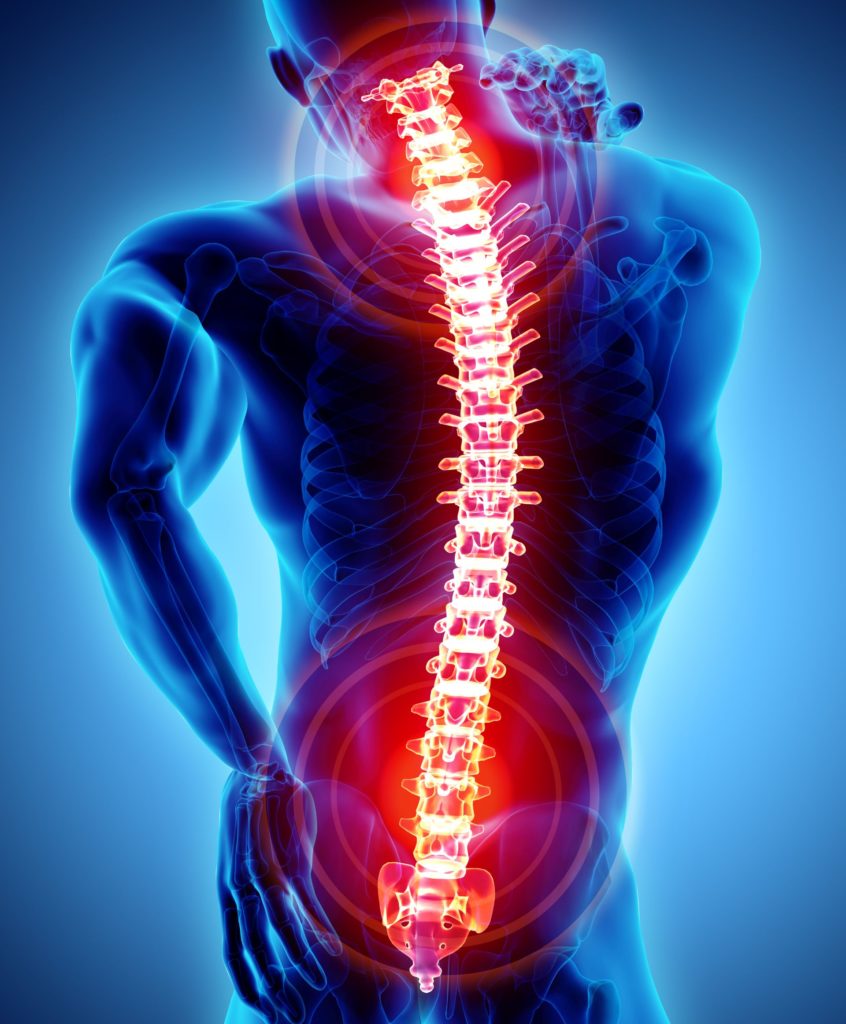
Back pain is one of the most common ailments adults experience, with 80% of people suffering, according to the National Academy of Sports Medicine. Let’s take a look at some common mistakes people make in regards to their back pain, and how we can manage this condition.
1. The wrong stretch
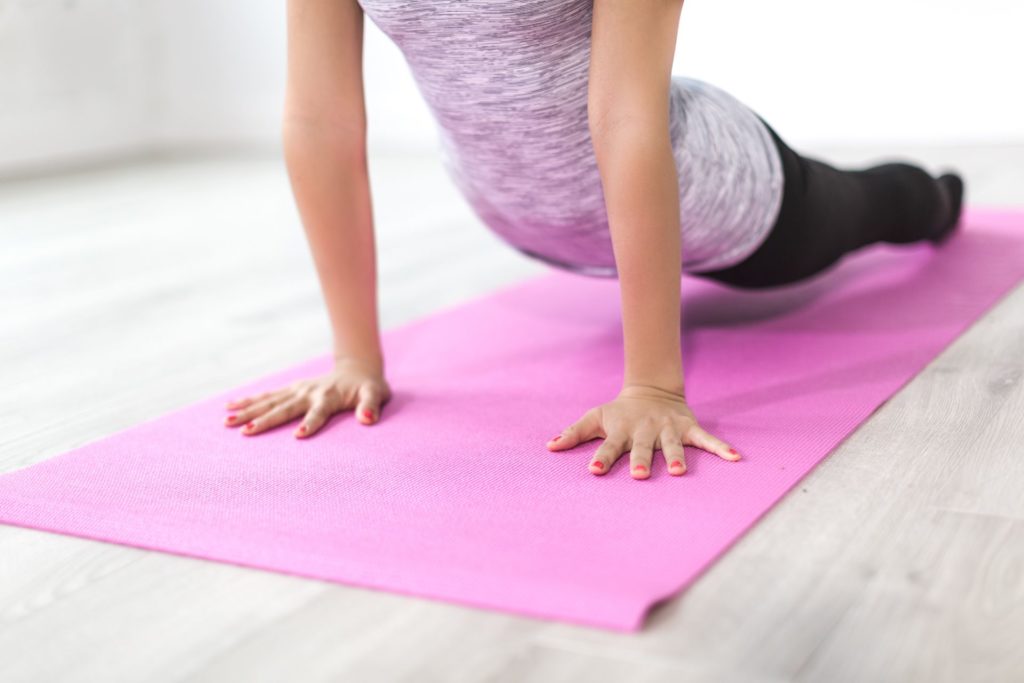
Bad position for an anterior herniation 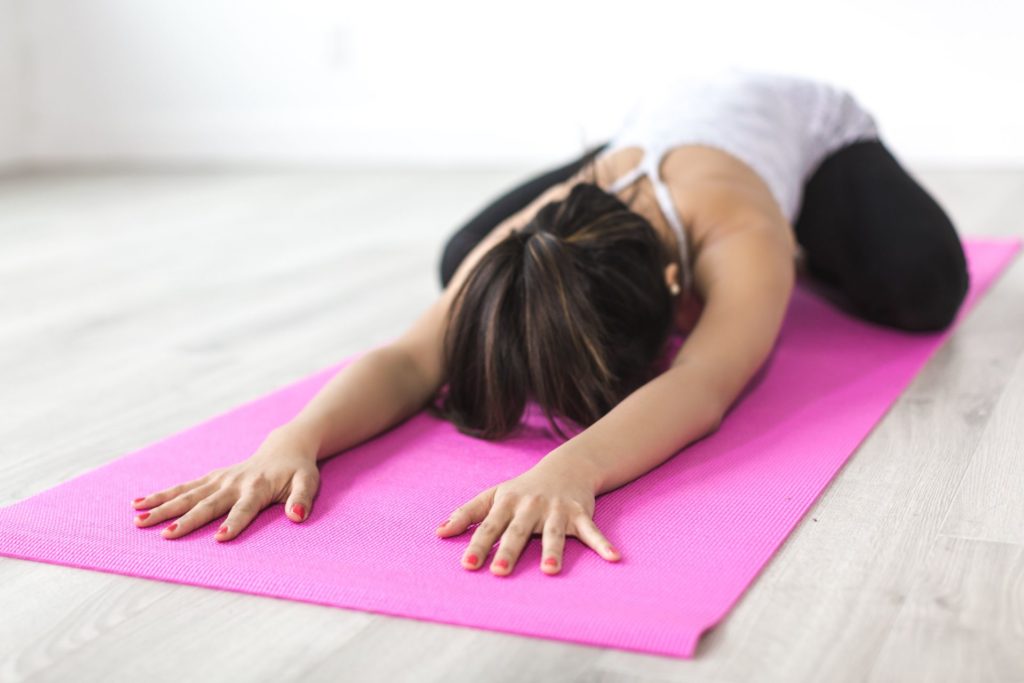
Bad position for a posterior herniation
Aside from the controversial effects of stretching, many stretches might exacerbate an existing back issue such as a herniated disk. The reality is many people are suffering from herniated or bulging discs somewhere along their spine. Many times herniated discs are asymptomatic and you might not even know you have them!
A herniated disc is when the fluid in the cushion between your vertebrae seeps out. Many times it ends up pressing on a nerve and causing pain and increases degeneration of your spine health. Disc damage can occur for many reasons including repetitive stress or a sudden injury.
A disc can herniate in the back of the spine, the front of the spine, or out either side. Depending on the type of herniation you have, stretching in a particular direction might further pressure the disc and cause pain or push out more fluid.
Performing the popular stretch like the child’s pose when you have a herniated disc in the back of the spine might worsen the herniation and cause pain. Conversely, if you have a herniation on the front of the spine, performing a stretch such as the cobra can also have adverse effects. If your herniated disc is on the side of your spine, avoid side bending exercises in the opposite direction.
2. Neglecting back training

Exercising your back can be very scary when you are prone to spasms and have pre-existing injuries.
There are an endless amount of treatment options in sports medicine, many are controversial and have conflicting evidence. It can get really confusing choosing the proper management technique. The one thing that all bodies of medicine and research agree upon is strengthening works.
Resistance training is the most effective form of strengthening our muscles. It’s important to continue to strengthen the back muscles which directly support the spine and add stability. The stronger your back muscles are the more equipped you are to manage pain and injury.
It’s important to be able to differentiate between good pain and bad pain, however. Muscle burning from a long set is much different than nerve-related pain, which might feel like a
There are plenty of exercise modalities to choose between in order to strengthen your back and the chances are appropriate exercises exist for your back condition. It’s important to make sure that as time progresses you are spending less time in periods of pain.
3. Sitting without getting up
Our activities, hobbies, work, and lifestyles all lead to muscle imbalances. Sedentary jobs often have people behind desks and students are always sitting. Sports and activities tend to overuse the same muscle groups. Our bodies adapt to these positions of stress and various pain-related conditions might form.
It can be helpful to get up and perform a light movement or corrective exercise every few hours to help combat desk posture. We want to choose something easy to do that can be done in an office, such as a 90/90 wall slide or single leg glute bridges.
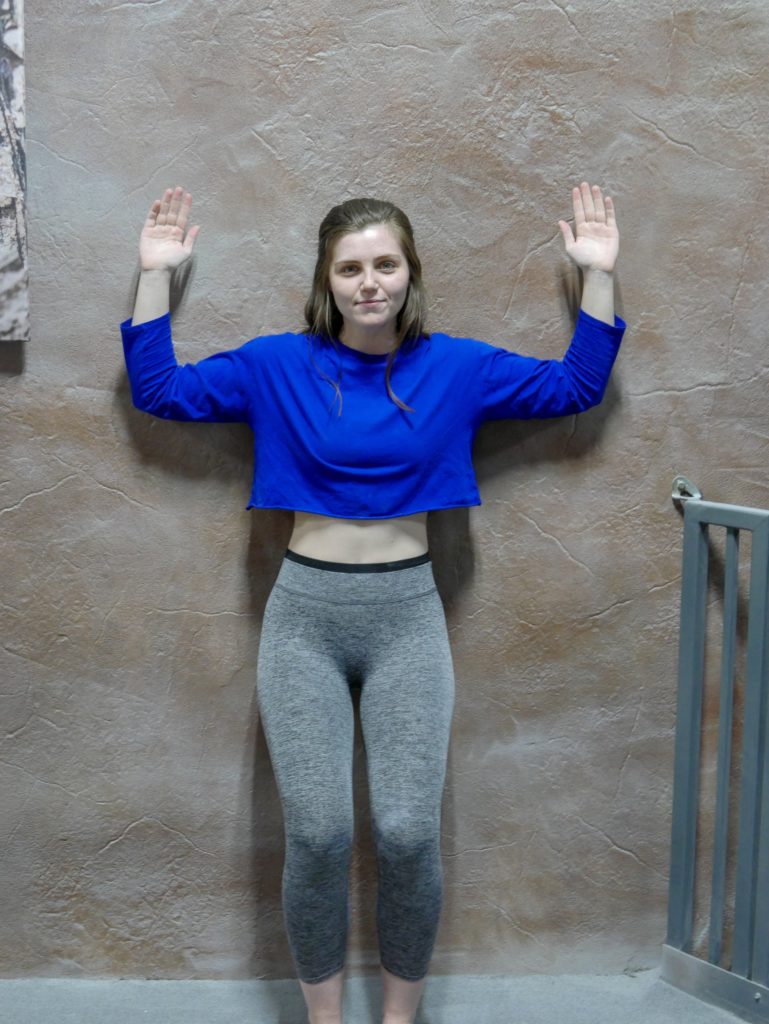
Wall slide start 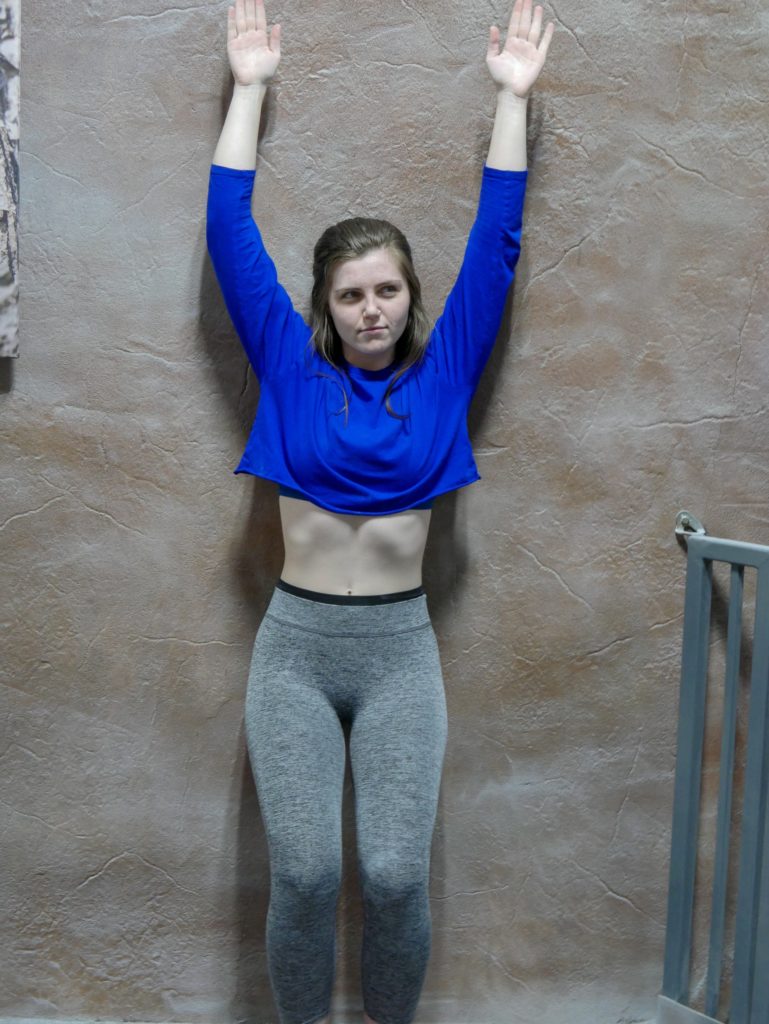
Wall slide finish
Our hip flexors tend to become the most affected by extended periods of sitting. Our hip flexors directly affect our lower back, as these muscles attach to nearly every lumbar vertebrae.
Tension in our upper back is common when hunched over a keyboard and conditions such as forward head posture and upper crossed syndrome can develop.
A movement that involves hip-extension and a movement that involves thoracic extension is the most important point when choosing a corrective exercise to perform throughout the day.
4. Neglecting glute and core training
Your lumbar spine aka lower back is much different than your thoracic spine, or upper back. Your thoracic spine consists of 12 vertebrae and 12 ribs. Your ribcage adds stability and support for your thoracic vertebrae.
Your lumbar vertebrae are not supported by a bony rib structure. The only thing that supports your lower back is your musculature. Your core is a band of muscles that work together to support this lumbar section.
One of the most important muscles in this support dynamic is your glutes. Often, the glutes and core musculature are weak from inactivity and sedentary lifestyle, and seated posture effects these muscles even more.
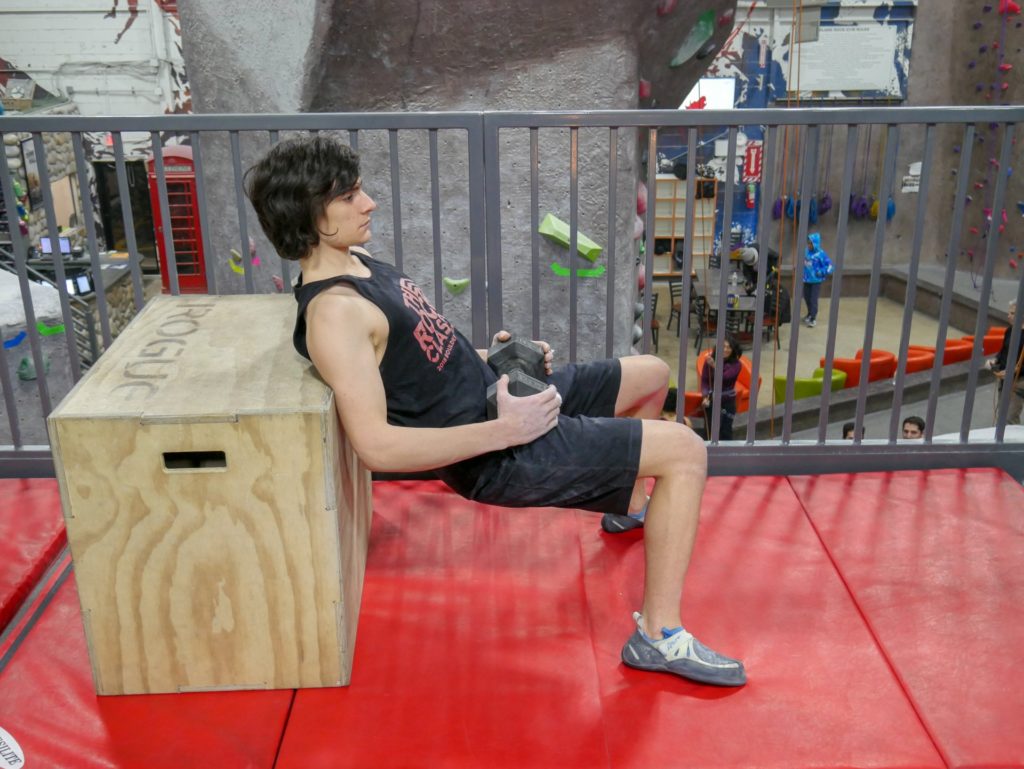
Glute bridge start 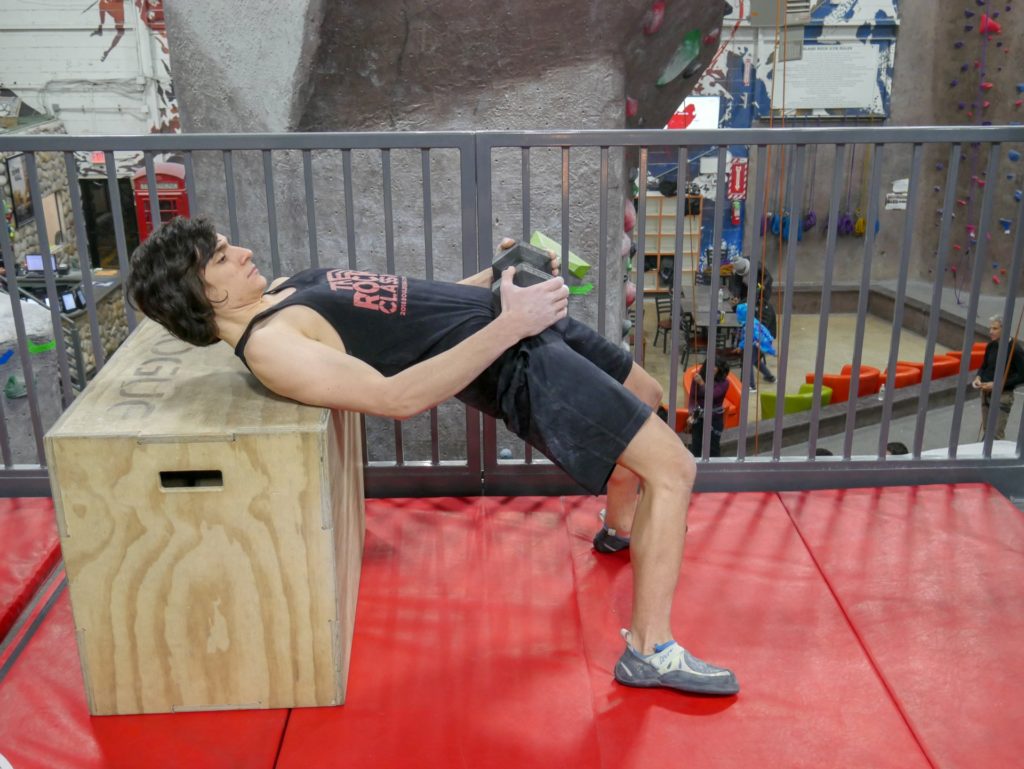
Glute bridge finish
By strengthening the core and glutes, one can ensure optimal stability around their lumbar spine and help counteract the effects of sitting for long periods of time. Strengthening these muscles can greatly reduce pain and symptoms of muscular imbalances.
5. Poor hip mobility during exercise
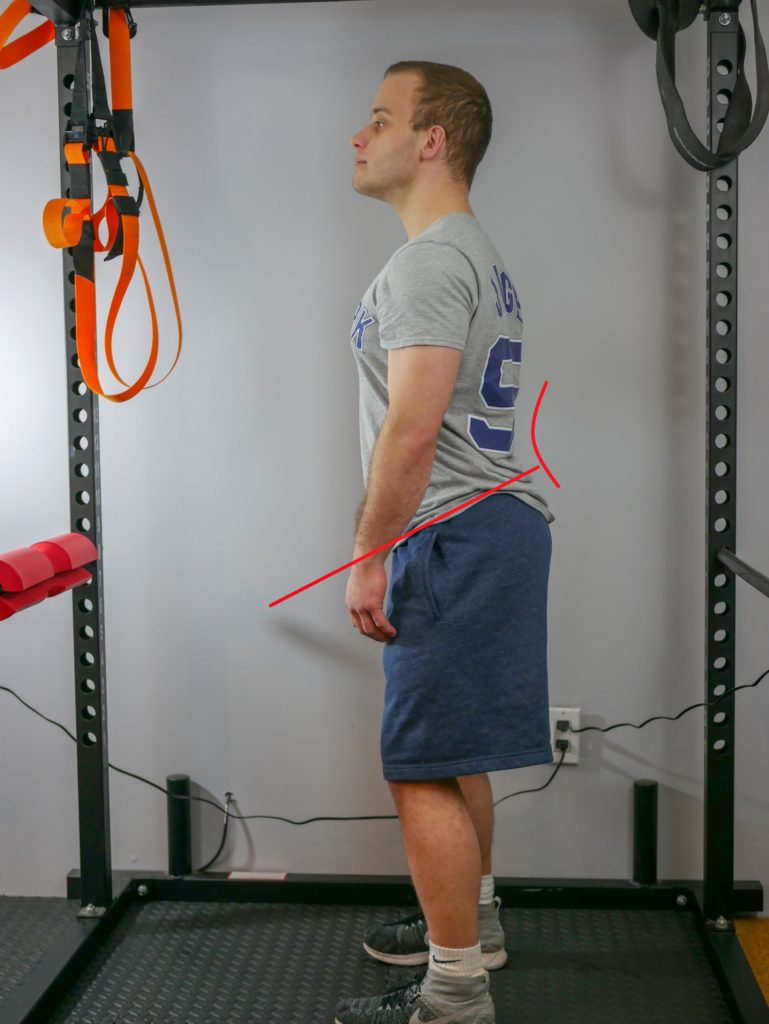
Excessively rounded lower back, forward weight shift indicates Lower Crossed Syndrome. 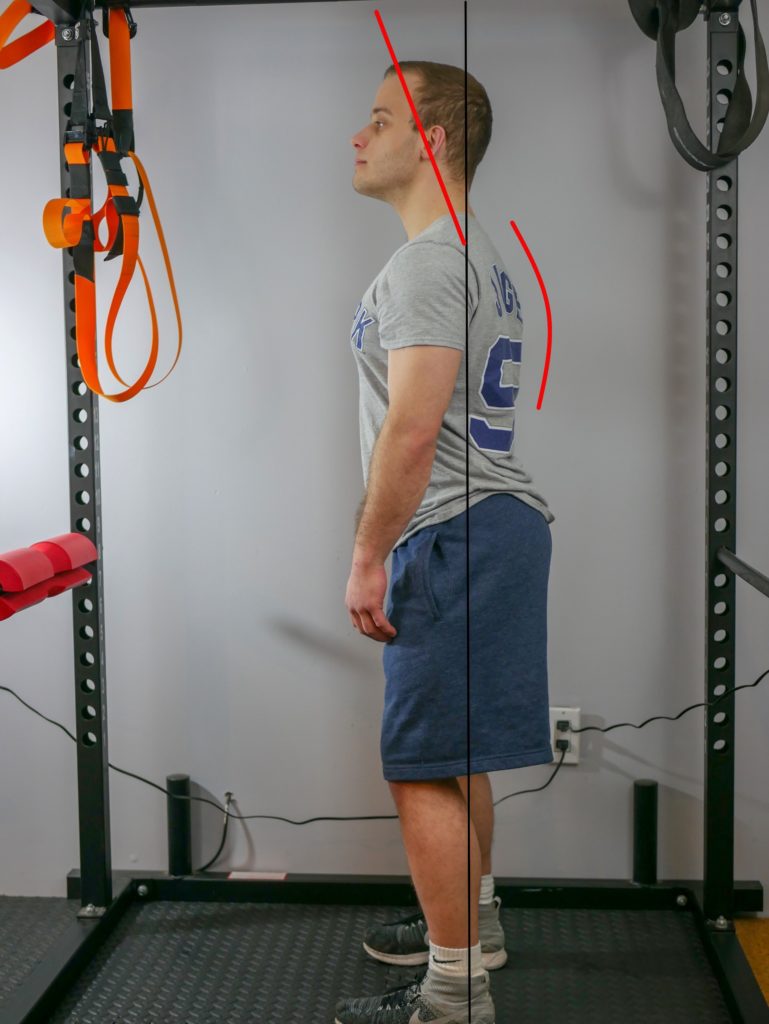
Forward weight shift, rounded shoulders, forward shifted head, rounded upper back
It should be clear that strengthening your back and core muscles is the most important thing to do to help combat poor sitting posture and sedentary lifestyle, as well as correct muscular imbalances around the lumbar spine and hips.
In order to get the benefits of your exercises, you must ensure you are eliciting the correct muscles by using proper form. Making sure you have control of your lower back and hips during exercise is the most important facet.
The hip hinge is one of the best positions to work on and perform back exercises in. When performing exercises from a hip hinge, bending forward at the hips should utilize all muscles surrounding your lumbar spine and core properly.
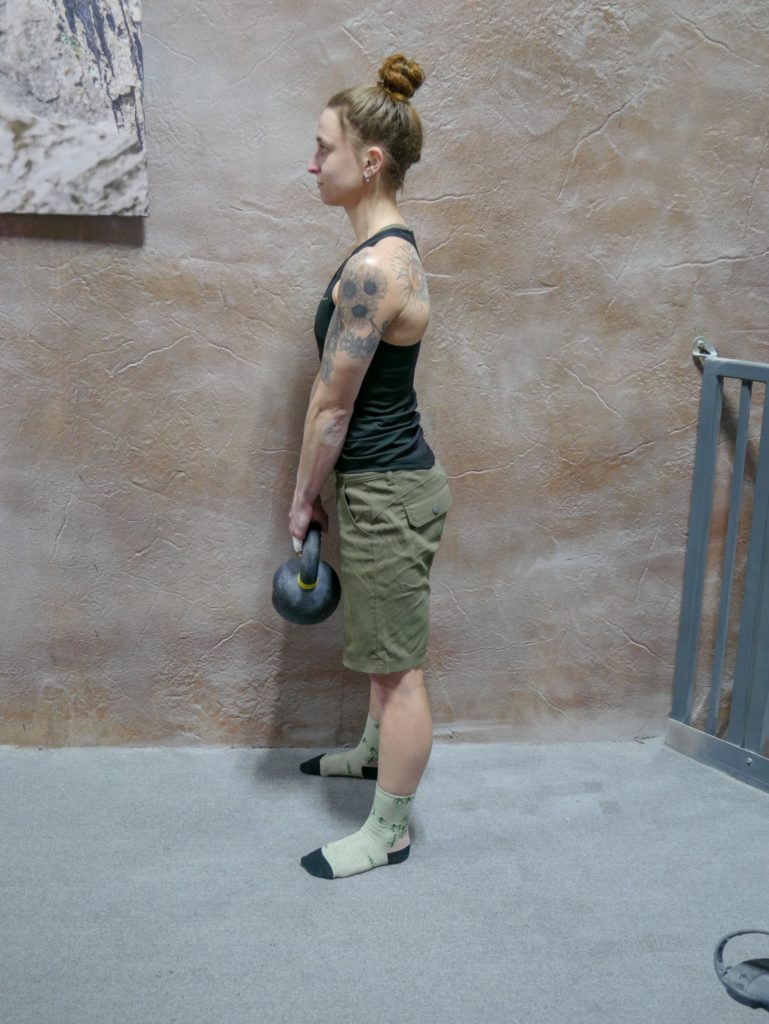
Hip hinge start 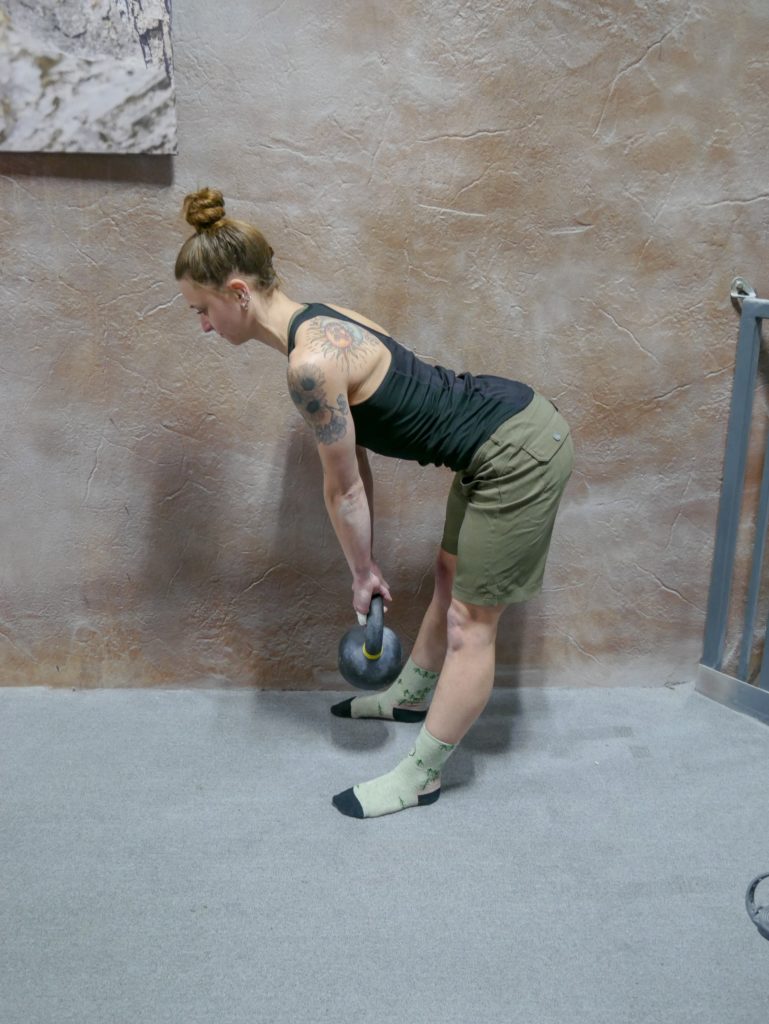
Hip hinge finish
Making sure not to excessively round the lower back in either direction is the most important thing. People tend to either overcompensate into too much of an arch or too rounded forward. A neutral spine is the goal when performing back exercises.
An assessment is a great way to determine if you are compensating during your exercises. Many of the lower body signs of dysfunction become apparent in a simple overhead squat assessment or rowing assessment.



Thank you for the awareness shared. This truly helps in avoiding getting into the trap of back pain. Thank you for sharing.
I never realized that fluid was leaking from the disk when it’s herniated in your back. My brother has some really bad back pain right now and he needs help from a medical professional. I think he should find a local chiropractor that can help him and give him some home exercise plans that will help the pain as well.
Usually back pain is associated with spinal overload with relative weakness of back muscles. In this case, there are micro-injuries, the spine and surrounding tissues are accelerated processes of “wear and tear. Irritation of nerve endings (receptors) in these tissues or compression of the nerve roots away from the spinal cord causes pain. To ease back pain check https://www.tigerbalm-baumetigre.com/
However, in about 10% of cases the cause of back pain is diseases of other organs, which require appropriate treatment.
The risk of back pain due to overload increases in the following cases:
Constant incorrect posture (e.g., when sitting down);
lack of physical activity;
overweight;
heavy physical work;
back injuries in the past;
spinal cord development disorders.
Usually back pain is associated with spinal overload with relative weakness of back muscles. In this case, there are micro-injuries, the spine and surrounding tissues are accelerated processes of wear and tear. Irritation of nerve endings (receptors) in these tissues or compression of the nerve roots away from the spinal cord causes pain. To ease back pain check
However, in about 10% of cases the cause of back pain is diseases of other organs, which require appropriate treatment.
The risk of back pain due to overload increases in the following cases:
Constant incorrect posture (e.g., when sitting down);
lack of physical activity;
overweight;
heavy physical work;
back injuries in the past;
spinal cord development disorders.
My dad has been having a lot of problems with his back because it causes him a lot of pain that he can’t handle. He would really like to get some help from a professional to manage his pain, and realign his spine. I liked what you said about how he shouldn’t neglect training his hips, core, back, and lumbar when he is exercising.
I am grateful that you discussed this topic. I found this reliable, informative, and useful. Great work.
I’m glad that you mentioned how scary it is to exercise our back areas. My brother tried to follow a routine he just saw on Youtube and ended up with a really bad case of back pain. It might be better for him to seek medical treatment immediately before it gets worse.
Good read.
Helpful information. Thanks for sharing.